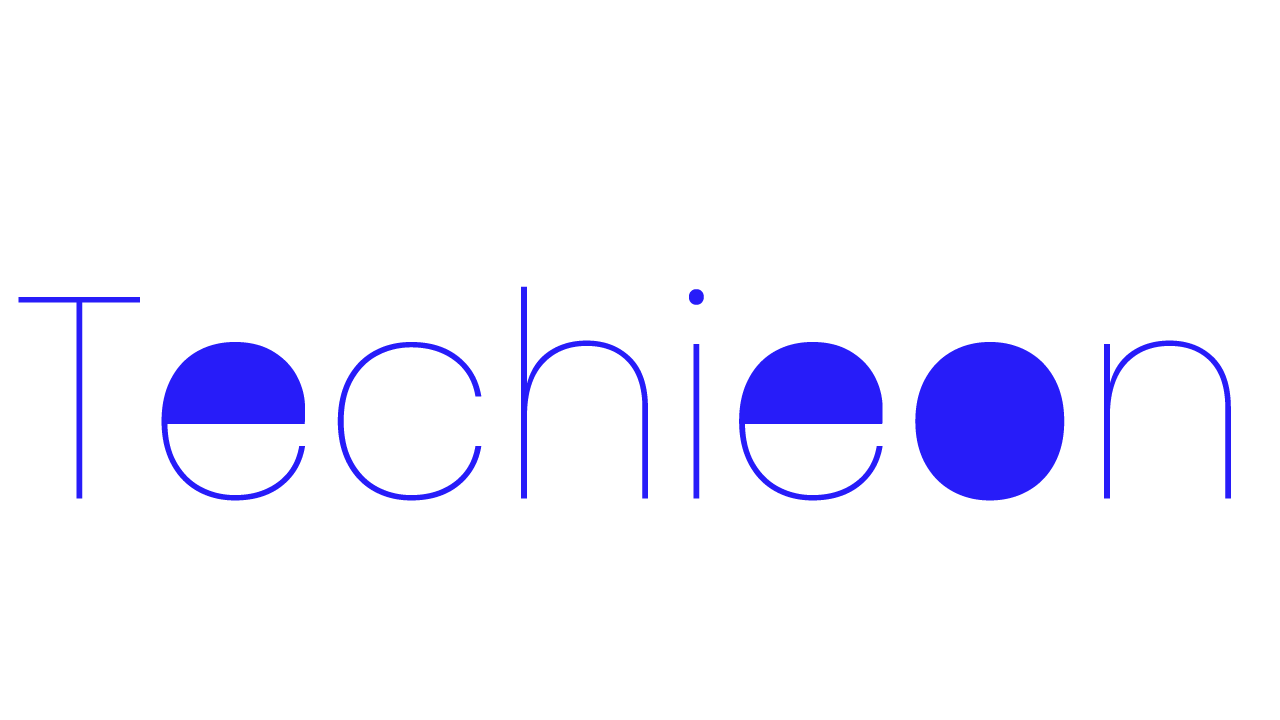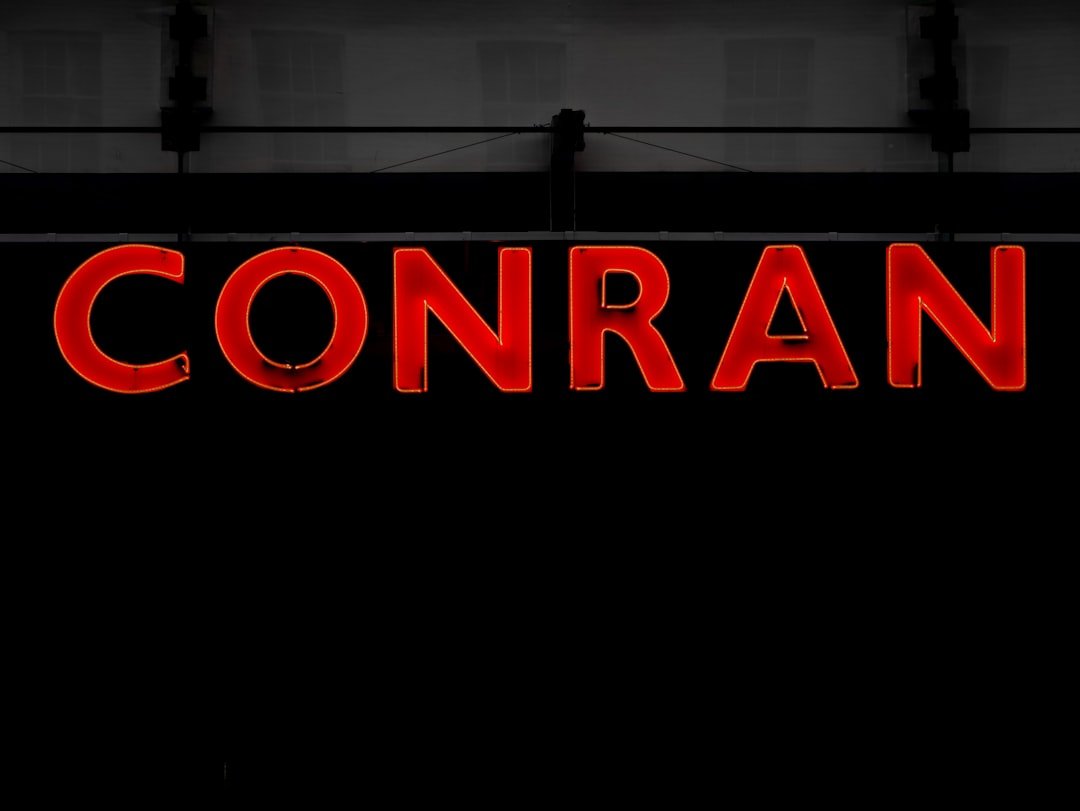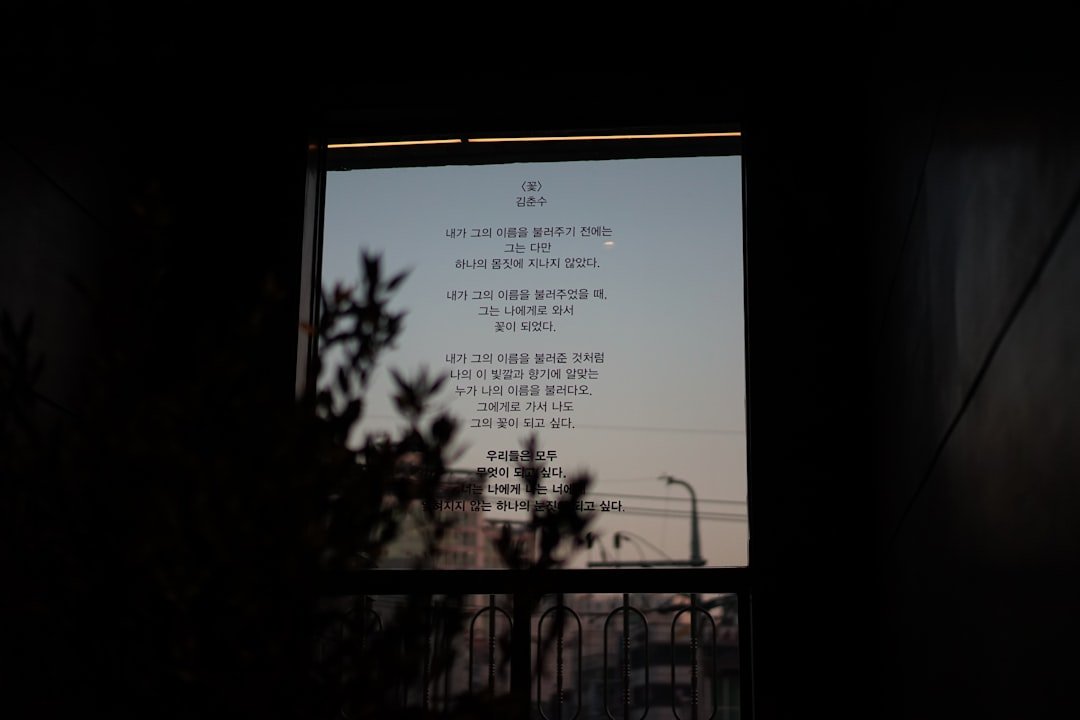The world of Lokah opens with an enchanting first chapter titled “Chandra.” This chapter sets the tone for the saga, immersing readers into a universe where spirituality, cosmic forces, and human destiny intertwine. If you’re curious about the origins of this story, its symbolic meanings, and the role of Chandra, this guide provides an in-depth analysis of everything you need to know.
In this blog, we’ll explore:
- What Lokah Chapter 1: Chandra is about
- Key characters and settings introduced
- Thematic symbolism and meaning of “Chandra”
- The spiritual significance of the moon in mythology
- How this chapter sets the foundation for future narratives
What is Lokah?
Before diving into Chapter 1, it’s essential to understand the world of Lokah. The word “Lokah” originates from Sanskrit, meaning “world” or “realm.” It signifies universes or dimensions beyond our ordinary perception. In ancient scriptures, lokas were cosmic realms where deities, demons, and enlightened beings resided.
The saga of Lokah seems inspired by these mystical realms, blending mythological undertones with imaginative storytelling.
Lokah Chapter 1: Chandra – A Summary
Chapter 1, titled “Chandra,” introduces us to the cosmic essence of the moon. Chandra is not merely a celestial body in this narrative; instead, it is personified as a guiding force that affects the destiny of characters and the rhythm of existence.
- The chapter opens with descriptions of a silver-lit night, where the moonlight acts as a bridge between realms.
- Chandra is depicted as both a guardian and a messenger, embodying cycles of birth, growth, decay, and renewal.
- Characters introduced are subtly tied to lunar symbolism—suggesting emotional tides, transformation, and hidden truths.
This opening chapter hints that Chandra will serve as a recurring theme and influence throughout the Lokah saga.
Who is Chandra in Lokah?
In Vedic mythology, Chandra is the moon god, associated with:
- Beauty and serenity
- Emotional balance and creativity
- Fertility and nurturing energy
- The rhythm of time and cosmic cycles
In Lokah Chapter 1, Chandra is not only divine but also a metaphor for inner awakening. Through this figure, the story invites readers to reflect on cycles of life, self-discovery, and the search for harmony.
Themes in Lokah Chapter 1: Chandra
The chapter is rich with layered meanings. Some of the key themes include:
1. Cycles of Life
The waxing and waning of the moon reflects human experiences—growth, decline, and rebirth. The chapter’s narration mirrors these phases.
2. Duality
Chandra symbolizes duality—light and darkness, visibility and obscurity. This duality sets up the contrasts we see in Lokah’s world.
3. Illumination and Guidance
Just as the moon guides travelers in the night, Chandra becomes a guiding spirit for the characters embarking on their journey.
4. Spiritual Connection
The moon has always been linked with meditation and introspection. Chapter 1 portrays Chandra as a mirror to the soul.
Symbolism of the Moon in Lokah
The choice of “Chandra” as the opening chapter is significant. The moon’s symbolism is universal and timeless:
- Mystery: The moon represents hidden truths and subconscious desires.
- Transformation: Just as it changes phases, it symbolizes personal transformation.
- Balance: The moon balances the fiery sun, reminding us of harmony between opposites.
- Divinity: Many traditions worship the moon as a deity or cosmic force.
By anchoring the story in Chandra, Lokah establishes a foundation deeply rooted in symbolism and mythology.
Character Introductions in Chapter 1
Although Lokah Chapter 1: Chandra primarily sets the scene, it also introduces key figures:
- The Dreamer/Seeker: A character who senses the call of the moon and begins questioning reality.
- Chandra (Moon Spirit): Appears as a guiding presence, shaping dreams, visions, and inner voices.
- The Hidden Shadow: A figure who resists illumination, hinting at future conflicts in the saga.
These characters serve as archetypes, representing universal forces within the cosmic drama.
The Writing Style of Lokah
Chapter 1 employs a poetic, lyrical style, full of metaphors and imagery. Readers encounter descriptions of shimmering moonlight, tides that whisper secrets, and dreams that blur the boundaries between reality and illusion.
This literary style does more than paint a picture—it sets an immersive tone that draws readers into a meditative state.
Why Start with Chandra?
Starting the saga with Chandra is deliberate. The moon is often a beginning point in myths and stories:
- In Hinduism, Chandra marks auspicious times and rituals.
- In astrology, the moon governs the mind and emotions—our inner compass.
- In literature, the moon symbolizes mystery and beginnings, making it an ideal opening for Lokah.
Thus, Chapter 1 not only sets the cosmic tone but also acts as an initiation for the reader into a journey of reflection and transformation.
Lessons from Lokah Chapter 1: Chandra
Beyond its narrative beauty, the chapter carries practical wisdom:
- Embrace Change: Just like lunar phases, life constantly shifts—accepting change leads to growth.
- Seek Inner Guidance: Look inward for illumination when the outer world feels dark.
- Balance Opposites: Learn to harmonize light and shadow within yourself.
- Honor Cycles: Understand your natural rhythms and align with them for peace and productivity.
Keywords to Optimize
To help this blog rank on search engines, here are some keywords naturally included throughout:
- Lokah Chapter 1: Chandra
- Lokah Chandra meaning
- Symbolism of Chandra in Lokah
- Spiritual meaning of Chandra
- Moon symbolism in mythology
- Lokah saga introduction
FAQ on Lokah Chapter 1: Chandra
1. What does “Lokah” mean?
Lokah is derived from Sanskrit, meaning “realm” or “world.” In this context, it refers to a cosmic saga exploring mystical and spiritual realms.
2. Who is Chandra in Lokah?
Chandra is the symbolic and spiritual representation of the moon, serving as a guide, guardian, and metaphor for transformation and balance in the story.
3. Is Chandra a character or a symbol?
Chandra is both. While personified as a guiding figure, Chandra also represents universal cycles, emotional tides, and spiritual illumination.
4. Why is the first chapter named after the moon?
The moon symbolizes beginnings, cycles, and hidden truths, making it an ideal way to set the tone for the saga.
5. What themes are introduced in Lokah Chapter 1?
Themes of duality, transformation, spiritual awakening, and balance between light and darkness are central to the opening chapter.
6. Is Lokah inspired by mythology?
Yes, it draws inspiration from Vedic, Hindu, and global mythologies while presenting them in a fresh narrative form.
7. How does Lokah Chapter 1 affect future chapters?
It lays the foundation for the saga’s spiritual and symbolic framework, introducing archetypes and themes that will expand in future chapters.
Final Thoughts
Lokah Chapter 1: Chandra is not just an introduction—it’s an initiation into a mystical universe. With its poetic descriptions, symbolic depth, and spiritual resonance, it prepares readers for a journey of self-discovery, cosmic wonder, and timeless wisdom.
By opening with Chandra, the saga reminds us that every journey begins with illumination in the darkness.








